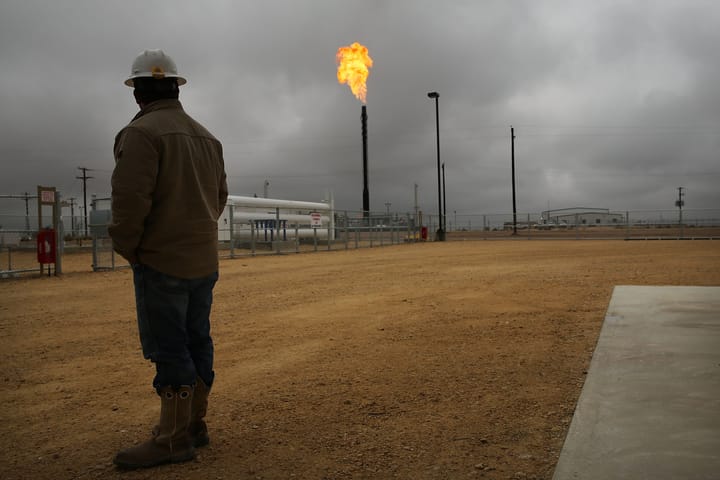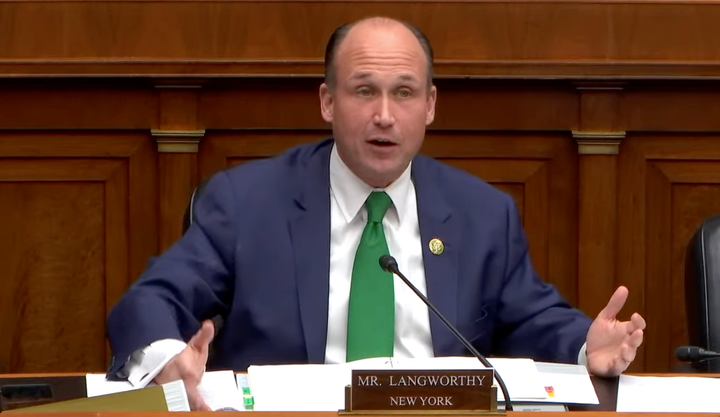On April 25, the Environmental Protection Agency issued new rules that will require coal-fired power plants and new gas-fired power plants to slash their carbon emissions by 90% starting in 2032. The rules aim to improve public health and keep President Biden’s pledge for a clean electrical grid in the next decades on track. Power plants produce a quarter of annual U.S. greenhouse gas emissions, according to data from the EPA.
Initially, the Biden administration had proposed emissions standards in May 2023 to restrict carbon pollution from three types of facilities: existing coal plants; large existing gas-fired plants with capacity above 300 megawatts (MW) that operate more than 50% of the time; and certain future gas plants.
But on February 29, EPA Administrator Michael Regan said the rule would cover existing coal and new gas-fired power plants—thereby excluding existing gas-fired plants from the emissions standards. Emissions from gas-fired electricity generation are set to overtake coal this year as the largest source of carbon pollution in the energy sector.
Instead, Regan said the agency would take “a new, comprehensive approach to cover the entire fleet of natural gas-fired turbines,” pushing off new rules for existing natural gas plants until at least next year, after the November elections. Regan said that the delay and later approach on regulating existing gas-fired plants “will achieve greater emissions reductions than the current proposal.”
Under the new EPA rules, coal-fired plants and new gas-fired electric plants running more than 40% of the time will be required to control 90% of carbon pollution by 2032, if they plan to continue operations in 2039 and beyond, by implementing carbon capture and storage (CCS) technology or by using hydrogen fuel that is rated as low-emissions.



